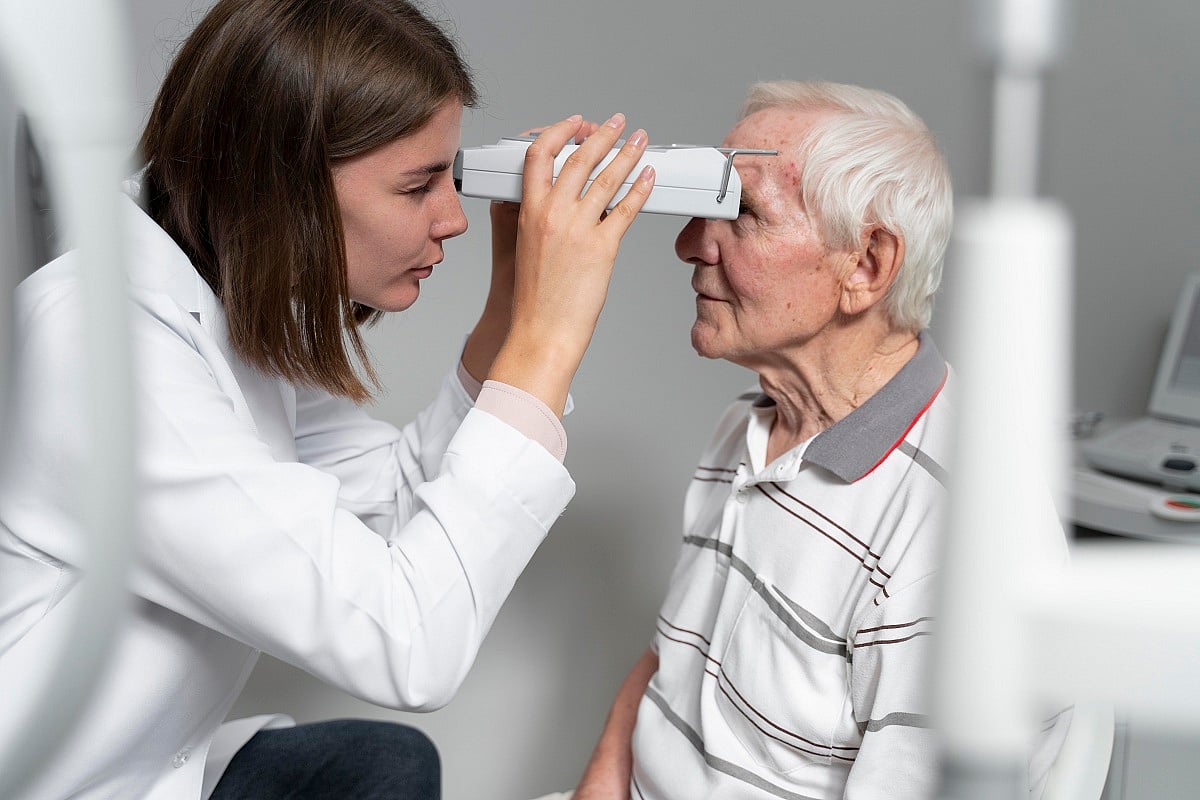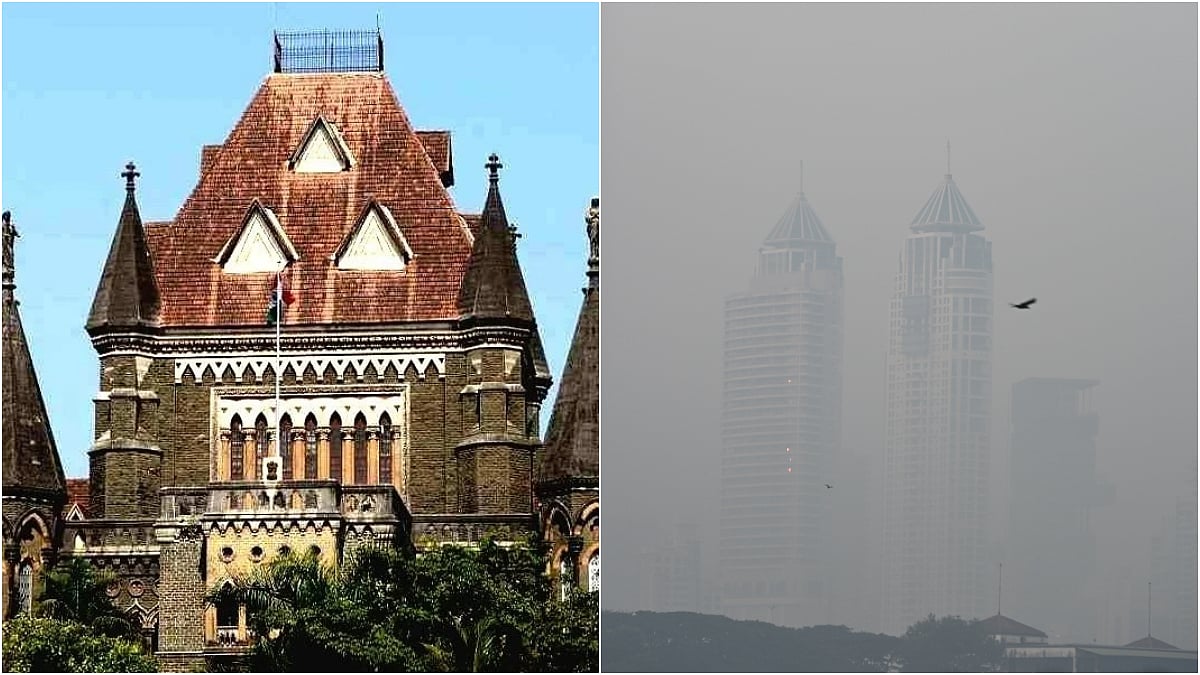Cataract is the leading cause of visual impairment across the world and if not treated, can cause irreparable damage to the eyes. The longer time a cataract remains in the eye, more the complex it is to remove safely and effectively. Hence, early detection and quick treatment is important. Cataract is a clouding of the normally transparent crystalline lens of the eye. The lens is crucial as it causes light rays to focus on the retina, the nerve layer at the back of the eye. When significant clouding of the lens takes place, it stalls the focus of the light rays and causes severe vision problems. Hence, there is a need to have basic awareness and knowledge about the issue so that early treatment can be taken up to prevent loss of sight.
The causes
Ageing is a major factor related to cataract. According to recent reports, in India 71.2% of the visual impairment in the elderly is caused by cataract. Other causes that may lead to cataract include eye injury, severe short-sightedness, long-term intake of certain drugs (example, steroid) or ailments such as diabetes, excessive smoking and exposure to intense heat and radiation.

The symptoms
Cataract has multiple symptoms like blurry vision, loss of contrast, glare and haloes that can impact daily activities like driving, reading or recognising people. Visual impairment from cataract also increases the risk of falls and causes depression among the elderly. People may not be aware that they have cataract if it goes undiagnosed, and significantly, both eyes can develop cataract if symptoms are not treated early. Being aware of the condition is useful in tackling this eye problem.
Early diagnosis is important
Cataract can be detected in routine eye examinations. As far as age-related cataract is concerned, a comprehensive periodic eye examination is recommended for those 50 years and older. Any patient with symptoms that indicate cataract should consult an ophthalmologist at the earliest. It is important not to take vision loss for granted or accept vision loss as part of life.

The treatment
Cataract surgery is technologically advanced and can enhance vision by customising it, depending on the patient’s condition. With accuracy of instruments having gone up manifold, it is now possible to undertake precise measurements of the eye. The surgery is performed as an ambulatory day surgery and recovery usually happens within a week after the procedure.
According to a recent report, the number of surgeries required to clear a backlog of blindness due to cataract is 49 lakhs and the number of surgeries required to clear a backlog of severe visual impairment due to cataracts is 53.63 lakh. The central government’s new initiative to reduce the prevalence of blindness to 0.25 per cent by 2025 will certainly clear the backlog in surgeries for cataract and severe visual impairment.
(Dr Girish Budhrani is Chief Medical Officer, Cataract & Cornea, R J Sankara Eye Hospital)










